The Anterior vs Posterior Hip Replacement Does the Surgical Approach Really Matter?
Aug 21, 2019Richard A. Sweet, M.D. (Retired 2022)
Kate S. Hamilton, PA-C
Introduction
Total hip replacement (THR) surgery has evolved into a highly successful procedure with tremendous advances in biomaterials and surgical techniques. Metal alloys now used are much more durable. The plastic socket liner of the cup is more wear resistant and thus longer lasting. We have learned how to dependably achieve biologic healing and fixation of the bone directly to the implants. This largely eliminates the use of cement which can over time loosen and lead to future revision surgery. Meanwhile, the surgical techniques and operative approaches by which we gain surgical access to the hip have likewise developed.
SURGICAL APPROACHES TO THE HIP:
Two surgical approaches have become the standard in modern hip replacement surgery. These are:
- The Anterior Hip Approach
- The Posterior Hip Approach
Despite recent hype, neither of these surgical approaches are remotely new and indeed both are many generations old. For decades, the Anterior Approach was not a popular approach among hip surgeons due to difficulties in exposing the femur. This has changed in recent years due to the advent of new technology (see below). In contrast, the posterior approach has historically been the more popular THR exposure choice of most hip surgeons due to its straightforward ease of use in exposing both the cup and the femur.
SURGICAL TECHNIQUES – THE ANTERIOR vs POSTERIOR APPROACH
THE DIRECT ANTERIOR APPROACH: Historically, the Anterior Hip Approach was known as the Smith-Peterson approach. Its recent rise in popularity is largely due to the technologic development of a special surgical table, the Hanna table. Using this table, the operative leg can be positioned such that traction and leverage can be applied so the surgeon can gain access to the canal of the femur (thigh bone). In the Anterior Approach, the patient is positioned on the back (supine). The incision is made directly over the front of the hip. The surgeon splits an intermuscular interval between two muscle groups, the Sartorius and Tensor muscles, thus “not cutting any muscles”. Some surgeons modify this to split the Tensor muscle along the line of its fibers to reduce the risk of nerve damage to the Lateral Femoral Cutaneous nerve that provides sensation to the outside of the thigh. Once through this muscle layer, the joint is opened, and the femoral head removed. The surgeon now has straightforward access to the socket for its preparation and implant insertion. For preparation of the femur, access to the canal of the femur is gained by using the Hanna Table to manipulate the operative leg with traction and upward leverage. The small external rotator muscle (Piriformis) inserting at the top of the femur is often released for purposes of mobilizing the femur to gain adequate exposure and for proper insertion of the femoral component. Fluoroscopic x-ray control is used to assist the surgeon. Even with the use of the Hanna table, this is still the challenging step of the procedure.
THE POSTERIOR APPROACH: In the posterior approach, the patient is positioned on the side using a standard operating table. The skin incision is over the outside and back of the buttock area. The gluteus muscle is split along the line of its fibers (the muscle fibers are not cut). Small external rotator muscles in the back of the hip are divided (and later repaired). The capsule of the joint is opened, and the femoral head is removed. As opposed to the Anterior Approach where the biggest challenge is dealing with femoral exposure, the trickiest part of the Posterior Approach is exposure of the socket. The key to accurate socket preparation and implant insertion is the initial rigid positioning of the pelvis. And as opposed to the Anterior Approach, femoral shaft access and preparation is straight forward as the surgeon is looking straight down the canal of the femur, thus no special traction or leverage of the femur is necessary.
ADVANTAGES / DISADVANTAGES OF ANTERIOR AND POSTERIOR APPROACHES
ANTERIOR APPROACH
ADVANTAGES
- Avoidance of “cutting through muscles”. A small external hip rotator muscle (Piriformis) is often divided to help with femoral exposure and implant insertion. Advocates feel this speeds recovery.
- Lower dislocation rate due to the preservation of the posterior ligaments and muscles. Thus, the standard “hip precautions” (avoidance of the hyper flexed, internally rotated, and crossed leg position) can be ignored.
- Ease in exposure of the acetabulum (socket).
DISADVANTAGES
- High incidence of injury to the lateral femoral cutaneous nerve that provides sensation to the outside of the thigh.
- Difficulties in exposure of the femur. This increases the risk of femoral complications, the most important of which is the increased risk of femoral fracture. This risk has led some surgeons to use smaller components leading to an increased risk of loosening.
- Because of the potential increased risk of femoral fracture and implant loosening, use of cement fixation is increasingly common. Though this works early on, it does expose the patient to the risk of later cement loosening and future difficult revision surgery.
- Though not documented in studies, some still feel the infection rate may be slightly higher due to proximity of operating near the groin and the potential for abdominal fatty layer to overlie the incision.
POSTERIOR APPROACH
ADVANTAGES
- The Posterior Approach is also a muscle splitting (Gluteus muscle) not muscle cutting approach. Again, the small external rotators are divided (and later repaired)
- Though the “hype” of the Anterior Approach would indicate otherwise, many feel the speed of recovery is equal to the anterior approach (see “Rate Limiting Step” of recovery below).
- Though exposure of the socket is a little more challenging than with the Anterior Approach, no special surgical table is needed.
- Straightforward exposure of the femur.
- Due to ease of femoral exposure, there is less risk of fracture, implant loosening and need for cement.
- Less risk of neurologic damage.
- With use of modern “large head” implants, dislocations now rarely occur.
DISADVANTAGES
- The sole major disadvantage has been the historically higher postoperative hip dislocation rate. This risk has been negated by the use of the new technology “large head” implant systems which have nearly eliminated hip dislocation as a postoperative complication for experienced surgeons. Thus, the need for “hip precautions” post op is minimized.
RATE LIMITING STEP FOR THR RECOVERY REGARDLESS OF APPROACH
As has been noted, most hip components are implanted in a “cement-less” fashion, allowing the bone to heal directly to the implant. This biologic fixation has the major advantage of eliminating loosening as a late failure mechanism. Once the bone has “healed” to the implant, loosening will not occur even after decades of use (as opposed to cement fixation which will inevitably loosen over time). However, the rate limiting step in recovery from hip replacement surgery, be it via an Anterior or Posterior Approach, is the 6-8 weeks it takes the bone to “heal” to the implant. If a patient pushes a recovery too vigorously in the early weeks post op, implant micromotion leading to loosening and further surgery can occur. REGARDLES OF THE SURGICAL APPROACH.



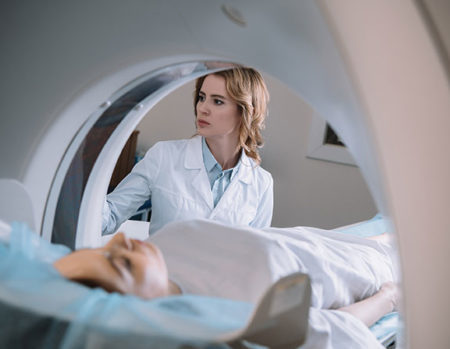 Our patients can receive MRI imaging onsite at both our Louisville and New Albany Clinics.
Our patients can receive MRI imaging onsite at both our Louisville and New Albany Clinics. Providing the latest advances in orthopedic surgery is our specialty.
Providing the latest advances in orthopedic surgery is our specialty.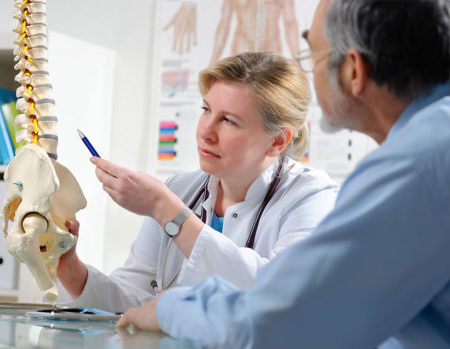 We take a unique, multidisciplinary approach to pain management.
We take a unique, multidisciplinary approach to pain management.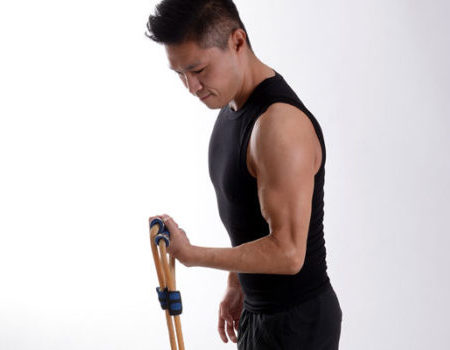 Our physical therapists use advanced techniques to help restore strength and mobility.
Our physical therapists use advanced techniques to help restore strength and mobility.  We provide comprehensive, conservative care for a wide variety of foot and ankle conditions.
We provide comprehensive, conservative care for a wide variety of foot and ankle conditions.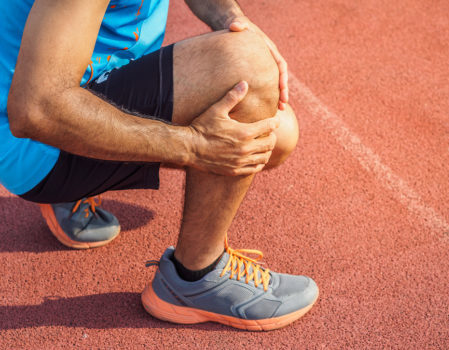 We offer same- and next-day care to patients with acute injuries.
We offer same- and next-day care to patients with acute injuries.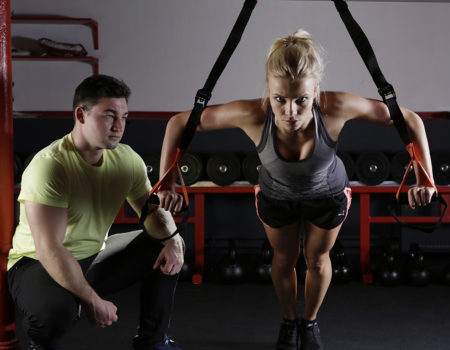 Get back in the game with help from our sports medicine specialists.
Get back in the game with help from our sports medicine specialists. 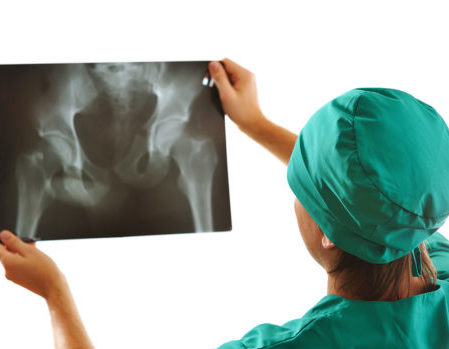 Our centers are equipped with a state-of-the-art digital X-ray machine.
Our centers are equipped with a state-of-the-art digital X-ray machine.